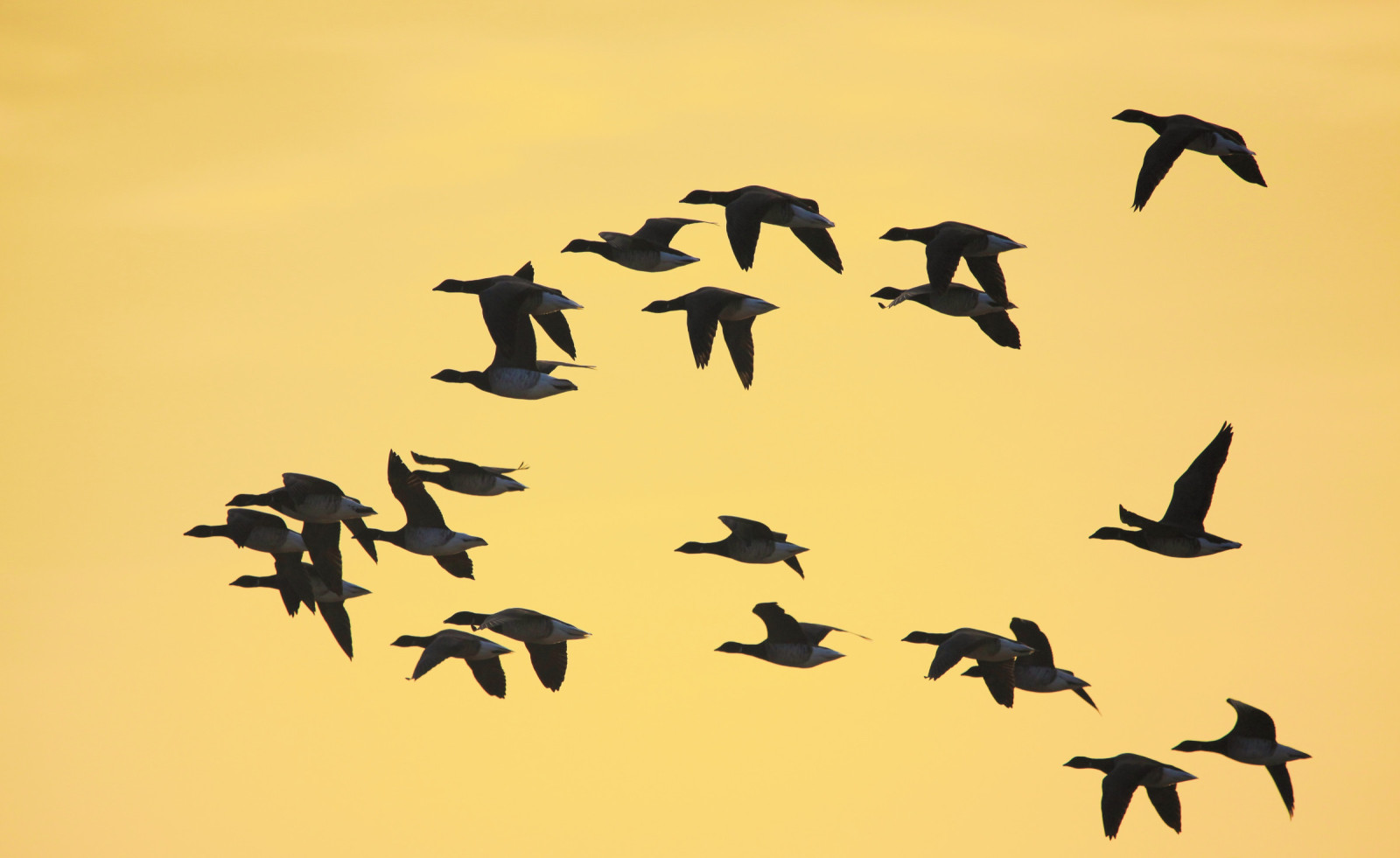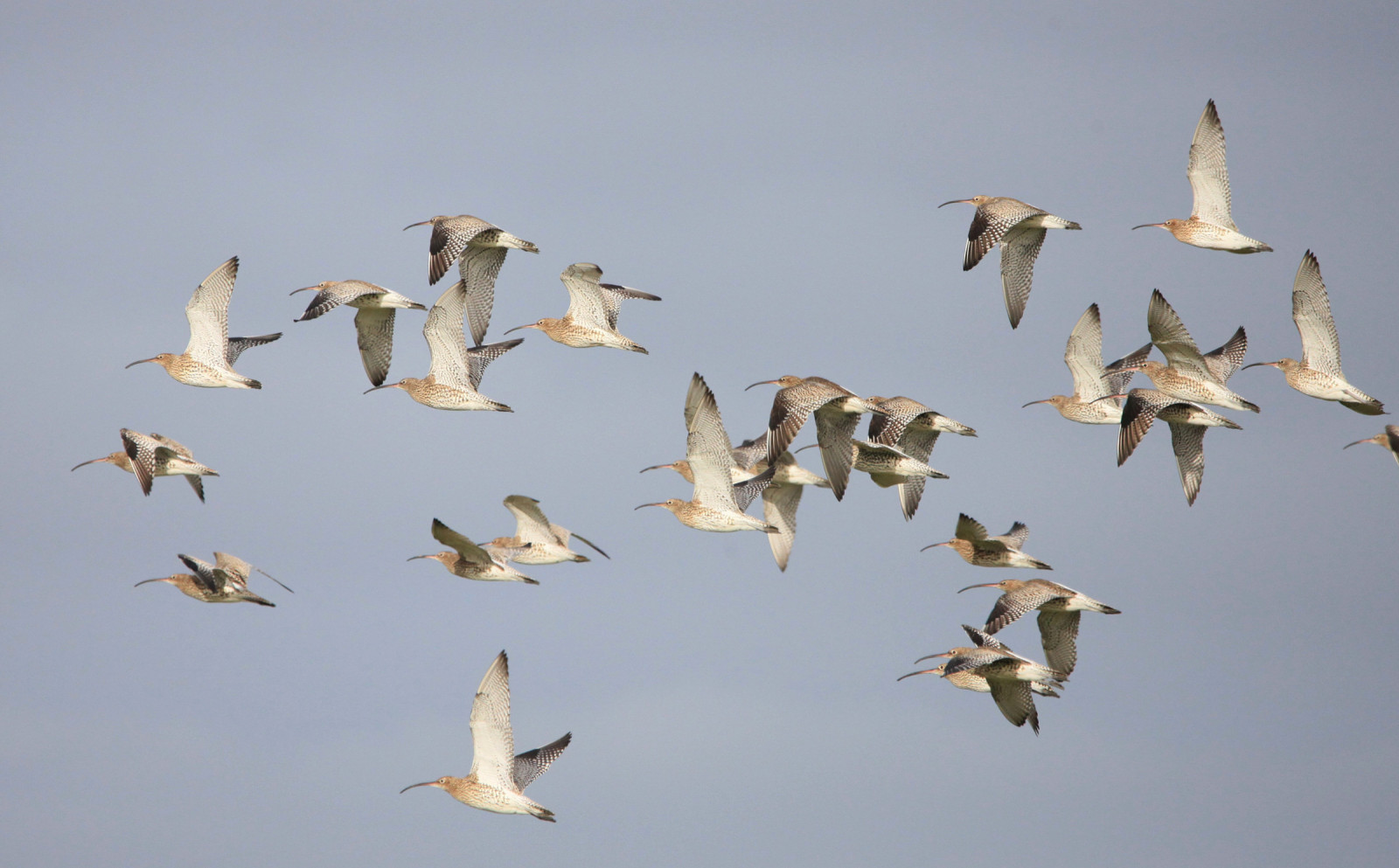Description
Ballyteige Burrow consists of a complex dune system, an interidal estuary and polder land. The reclaimed land extends north into the Killag area. This mix of habitats is excellent for a multitude of species throughout the year. Large numbers of waterbirds can be found here in the winter, with nationally important numbers of Грицик великий, Казарка чорна, Кульон великий and Сивка звичайна. The polder land is also one of the most reliable sites in Ireland to see Лебідь чорнодзьобий in winter (see extra info).
This area is also excellent for raptors, with Лунь польовий, Підсоколик малий, Сапсан and Сова болотяна all possible in the winter with occasional Лунь очеретяний too.
In summer, the dunes and grasslands are alive with colourful flowers and many passerines breed here, including Щеврик лучний, Жайворонок польовий and Трав'янка чорноголова. There are also few breeding pairs of Галагаз євразійський. Recent rarities that have been encountered in the summer and migration months include Підсоколик великий, Коровайка бура, Неголь довгодзьобий and Перепілка звичайна.
Details
Access
The Ballyteige Burrow and Killag area is located about 15 km south-west of Wexford Town. There are multiple options for parking at various points around the area. Click on a P in the map for directions to a parking spot. There is also a 4 km trail that begins at Kilmore Quay where it's possible to walk between the dunes and polder land to the estuary dam wall (known as the Cull Bank). It's a long walk and bringing food and water would be recommended. It's also possible to get a local bus (390) to Kilmore Quay from Wexford Town and walk from the bus stop.
Terrain and Habitat
Dunes , Mud flats , Lake , Grassland , Scattered trees and bushes , Wetland , Agriculture , Sea , BeachConditions
Flat , Sandy , Open landscape , WetCircular trail
YesIs a telescope useful?
Can be usefulGood birding season
All year roundBest time to visit
WinterRoute
Paved road , Unpaved road , Narrow trailDifficulty walking trail
Average walkAccessible by
Foot , Bicycle , CarBirdwatching hide / platform
NoExtra info
Лебідь чорнодзьобий are now a very rare visitor in Ireland in winter with only very small numbers showing up in recent times. While this area is a reliable spot for the species, there are some winters where only 1-2 birds may appear or none at all. The fields between the Inish Pebble Quarry and the windfarm are the most likely place to see this species in the area.

.jpg)


